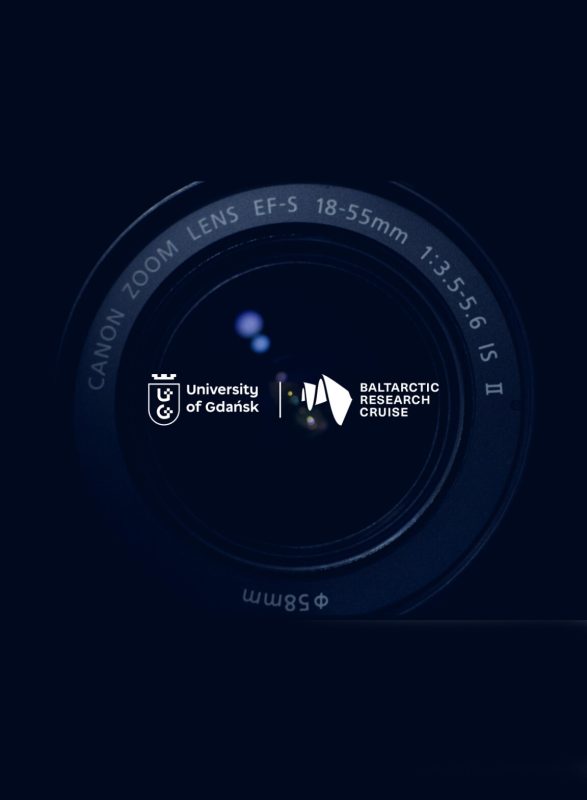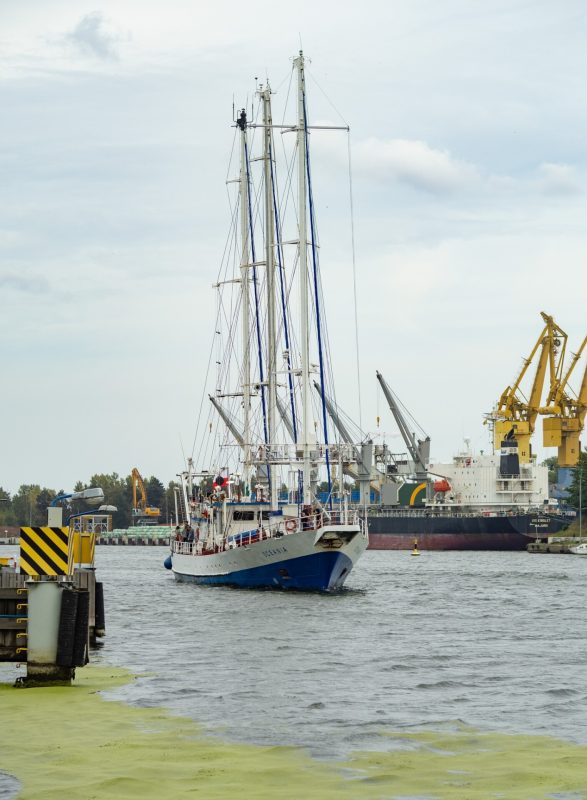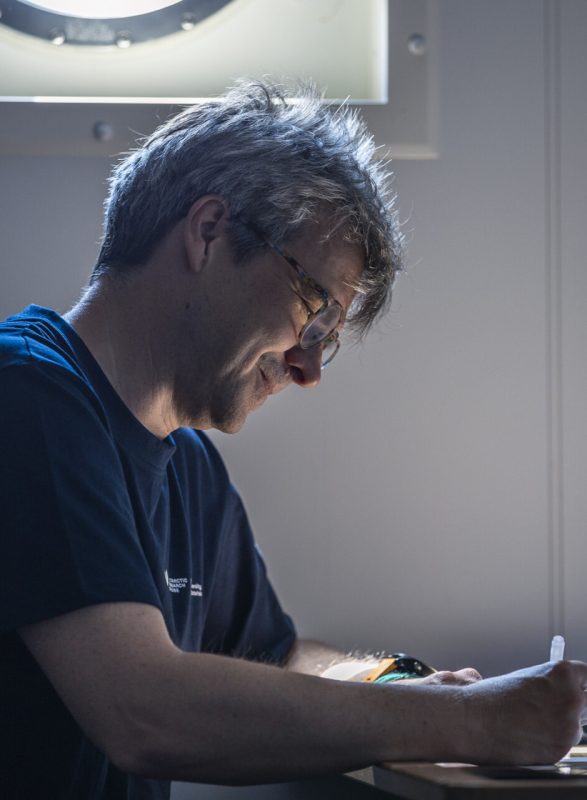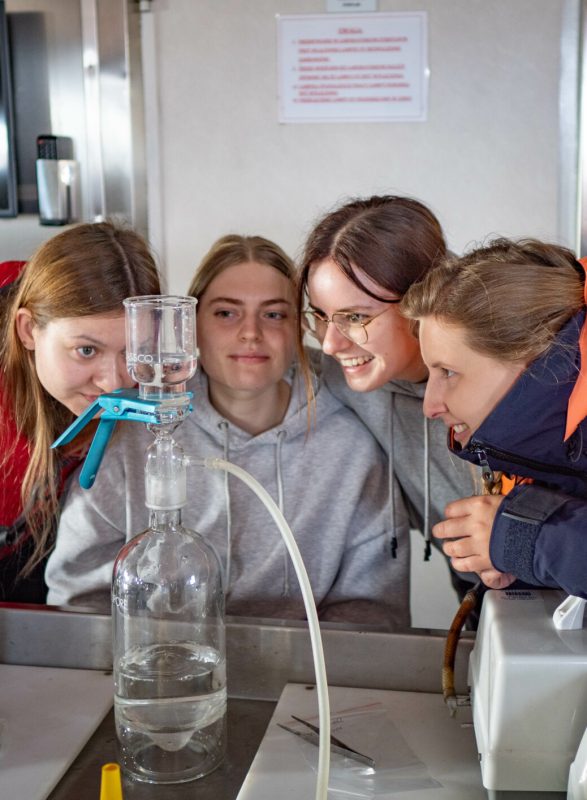Our route
- 2 900 nautical miles
- 5 cities
- 15 research stations
- Two Polish research vessels
- International team of experts from SEA-EU universities and the Polish
- Academy of Sciences
- 3 extensive research projects
Poland – one of the European leaders in polar research
Poland has two national polar stations: Prof. Stanisław Siedlecki Hornsund station in Arctic and Henryk Arctowski station in Antarctica, as well as several seasonal stations located mainly on Spitsbergen – the largest island of the arctic Svalbard Archipelago. Research vessel s/y Oceania, owned by the Institute of Oceanology of PAS in Sopot, has undertaken regular research cruises to Spitsbergen for the past 38 years, conducting hydrological measurements and sampling organisms, water, and sediments from the Nordic Seas and Spitsbergen fjords on its way.
Two national polar stations


What will we study?
Phenomena
According to the surface circulation model, Baltic water flows out through the Danish Straits and flows along the coast of Norway with the Norwegian Coastal Current into the Barents Sea.
In summer, this brackish water stays on the surface for a long time, carrying possible pollution, a relatively high load of nutrients, dissolved organic matter delivered by rivers and planktonic organisms from the Baltic Sea, enriching the fully saline Nordic Seas this way.
Our research
The goal of the cruise is to study brackish water masses, along with their physico-chemical properties and asscociated biota, flowing out from the Baltic Sea towards the Arctic.







